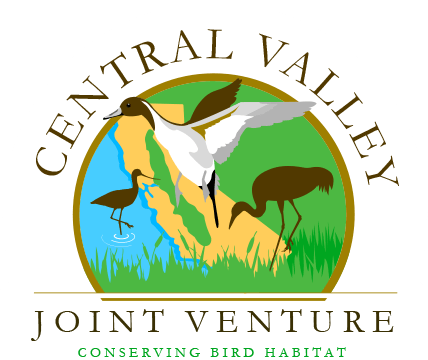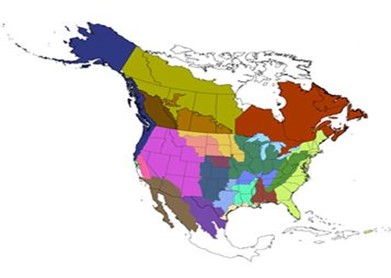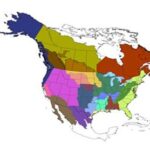The Power of Partnership: How the Migratory Bird Joint Venture Framework Strengthens Central Valley Conservation
The Migratory Bird Joint Venture (MBJV) model has fueled remarkable success in bird species and habitat conservation across North America. A 2024 MBJV fact sheet summarizes this success and demonstrates why this framework has been so valuable for conservation in California’s Central Valley.
Since 1986, Joint Ventures have engaged more than 5,700 partners and helped conserve more than 33 million acres of essential habitat across North America. This track record validates the collaborative approach that CVJV uses in the Central Valley: bringing together federal and state agencies, private landowners, non-profit organizations, and other stakeholders around common conservation goals.
The cost-effectiveness of the Joint Venture model particularly benefits Central Valley conservation. Joint Ventures leverage $36 of non-federal partner funds for every federally appropriated $1. This remarkable return on investment allows CVJV to maximize conservation impact with limited resources across the broad Central Valley landscape.
The MBJV model’s emphasis on working lands conservation directly supports CVJV’s partnerships with rice farmers and other agricultural producers. Joint Ventures support collaborative conservation on private lands, with the goal of conserving wildlife habitat while supporting livelihoods and local economies.
Beyond habitat conservation, Joint Venture projects contribute multiple benefits to communities, including clean and sustainable municipal water supplies, flood and wildfire control, carbon sequestration, and other essential services.
There are six Joint Ventures that include California in their territories. The Central Valley JV, San Francisco Bay JV, and California Central Coast JV are located entirely within the state. The Intermountain West JV encompasses parts of California and several other states, and the Sonoran JV covers parts of California and Arizona plus several states in Mexico. Finally, the Pacific Birds Habitat JV spans from California north along the Pacific coast of Canada to Alaska, and out to Hawai’i and several Pacific islands.
The success of Joint Ventures across North America demonstrates the value of the partnership approach that drives CVJV’s conservation efforts. Through collaboration and cost-effective investment, Joint Ventures create lasting conservation impact that benefits landowners, communities, birds and other wildlife, and the climate.
For more information on the Migratory Bird Joint Venture Partnership, visit mbjv.org. For a detailed map of the North American Joint Ventures, see this link.
Image: North American Migratory Bird Joint Ventures map




